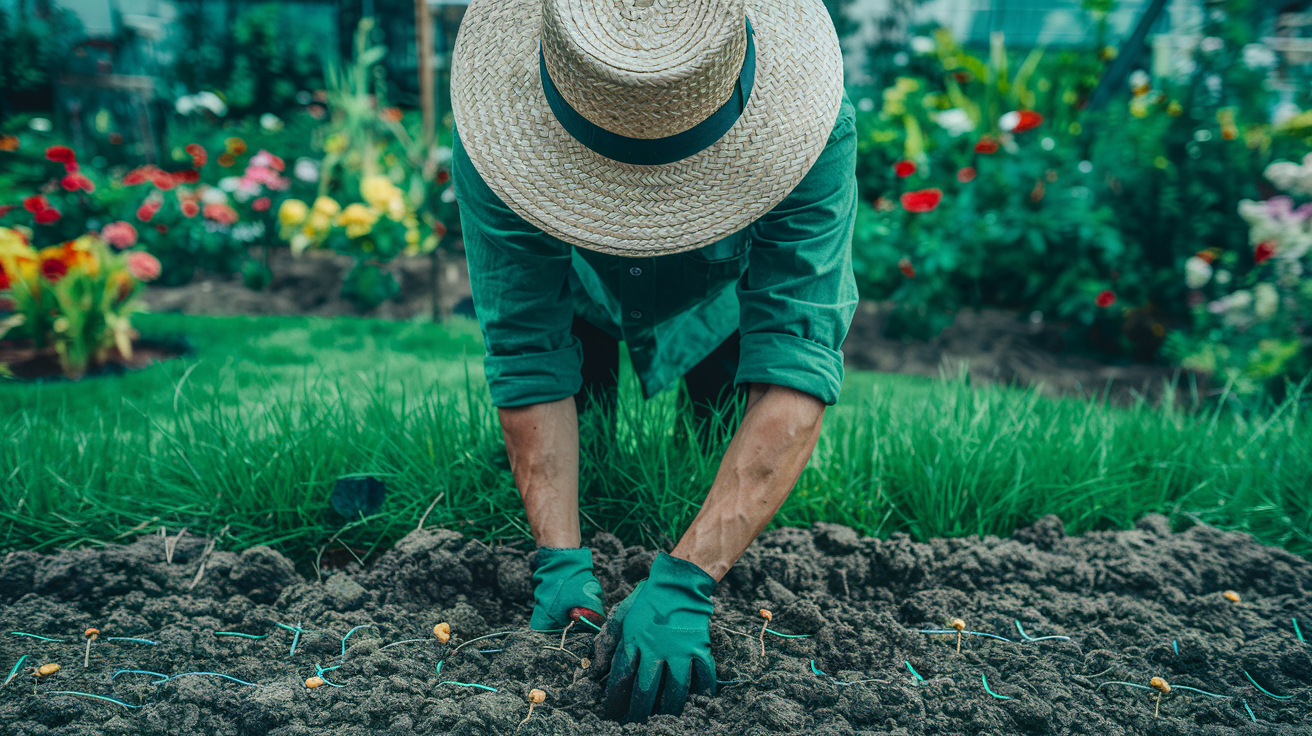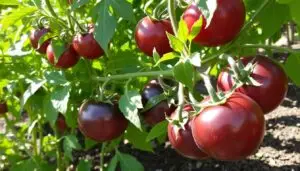What Is Seeding in Gardening?
Discover the essential art of seeding and how it can transform your gardening experience.
Introduction
Gardening is a rewarding hobby that brings you closer to nature, and one of the most fundamental skills in gardening is seeding. Starting plants from seeds allows you to witness the full life cycle of your plants, from a tiny seed to a flourishing bloom or a bountiful harvest. In this article, we’ll explore what seeding is, its importance in gardening, and how you can master this skill to enhance your garden.
What Is Seeding?
Seeding in gardening refers to the process of planting seeds directly into the soil or containers to grow new plants. It’s a cost-effective and fulfilling way to cultivate a wide variety of plants, from vegetables and herbs to flowers and trees.
Direct Seeding vs. Indoor Seeding
- Direct Seeding: Planting seeds straight into outdoor garden beds or soil where they will mature. Learn more about direct seeding from The Old Farmer’s Almanac.
- Indoor Seeding: Starting seeds indoors in controlled conditions, then transplanting the seedlings outdoors once they’re strong enough. For tips on indoor seeding, visit University of Minnesota Extension.
Types of Seeding
1. Direct Seeding
This involves sowing seeds directly into your garden soil. It’s ideal for plants that are hardy and have a fast growth rate, such as beans, carrots, and radishes.
2. Indoor Seeding
Starting seeds indoors gives you a head start on the growing season, especially in regions with short summers. Plants like tomatoes, peppers, and many flowers benefit from indoor seeding.
3. Broadcast Seeding
This method involves scattering seeds evenly over the soil surface, commonly used for planting lawns, wildflowers, or cover crops. Learn more about broadcast seeding from Gardening Know How.
Steps for Successful Seeding
Soil Preparation
- Loosen the Soil: Ensure the soil is loose and well-drained to promote root growth.
- Add Nutrients: Incorporate compost or organic matter to enrich the soil.
- Remove Debris: Clear rocks, weeds, and old roots to create a clean planting area.
Choosing the Right Seeds
- High-Quality Seeds: Use fresh seeds from reputable sources. Check out seed selection tips from Gardener’s Supply Company.
- Climate Compatibility: Select seeds suited to your local climate and soil conditions.
- Variety Selection: Opt for disease-resistant and high-yield varieties when possible.
Planting Depth and Spacing
- Read Seed Packets: Follow the recommended depth and spacing guidelines.
- General Rule: Plant seeds at a depth of two to three times their diameter.
Watering and Care
- Gentle Watering: Use a fine mist to avoid displacing seeds.
- Consistent Moisture: Keep the soil evenly moist but not waterlogged.
- Mulching: Apply a thin layer of mulch to retain moisture and regulate soil temperature.
Best Time to Start Seeding
Cool-Season Crops vs. Warm-Season Crops
- Cool-Season Crops: Plant in early spring or fall (e.g., lettuce, peas). For more information, see University of Maryland Extension.
- Warm-Season Crops: Sow after the last frost when the soil has warmed (e.g., tomatoes, cucumbers). Check the frost dates for your area at The Old Farmer’s Almanac Frost Dates.
Seeding Indoors or Outdoors
Decide whether to start seeds indoors or outdoors based on your local climate and the specific needs of the plants.
Seed Starting Calendar
Create a schedule for planting different seeds based on their optimal starting times to ensure a continuous and productive garden. You can find regional planting calendars at The Old Farmer’s Almanac Planting Calendar.
Benefits of Seeding in Gardening
Cost-Effective
Growing from seeds is significantly cheaper than purchasing established plants, allowing you to expand your garden without breaking the bank.
Greater Variety
Seeds offer a vast selection of plant varieties, including rare and heirloom species not typically available as transplants.
Stronger Plants
Seed-grown plants often adapt better to local conditions, resulting in healthier, more resilient gardens.
Common Mistakes in Seeding
Overwatering or Underwatering
- Balance is Key: Too much water can cause seeds to rot, while too little prevents germination.
- Monitor Soil Moisture: Check regularly to maintain optimal conditions.
Planting Too Deep
Seeds planted too deep may not reach the surface. Follow depth guidelines carefully. For more tips, visit Better Homes & Gardens.
Crowding Seeds
- Proper Spacing: Overcrowding leads to competition for nutrients, light, and water.
- Thinning Seedlings: If seeds are sown too densely, thin them out to the recommended spacing.
Conclusion
Seeding is an essential skill that empowers gardeners to take full control of their gardens. By understanding and applying the principles of successful seeding, you can enjoy a diverse and thriving garden that’s both cost-effective and tailored to your preferences. So grab some seeds, prepare your soil, and embark on the rewarding journey of growing your plants from the ground up.
Ready to get your hands dirty? Start seeding today and watch your garden flourish from the very beginning!




Pingback: Is It Too Late to Seed Tomatoes in Zone 9a Texas? - CropTap
Pingback: Best Ground Cover Plants for Your Garden
Pingback: Square Tomato Cages: Support Your Garden's Growth